We left Dunnellon, FL heading to Key West, FL where we would board the Yankee Freedom to the Fort Zachary Taylor in the Dry Tortugas. As background, many of you may not know that the young Chuck’s dream was to become a Marine Biologist. His motion sickness sank that dream. Any serious “Birding Big Year” requires pelagic boat trips, tough for someone who gets seasick, and the Dry Tortugas was to be our first of the year. Unfortunately for Chuck’s stomach, and the birds caught migrating in bad weather, we faced a storm rough enough for the captain to offer refunds for cancellations. Chuck made the call to continue, and soon after passing Hospital Key (where we could barely make out both Masked and Brown Booby’s in the rain) and Chuck’s polite use of the complimentary sea sick bag, we arrived at Fort Jefferson.
Fortunately for birders, the weather forced an incredible number of birds to drop to the island for a rest and to refuel. Our supplies were unloaded in the rain (a stay here requires that campers pack in everything including their own water), so we picked a camp spot, covered everything with a tarp and began exploring the Fort until the rain stopped. The fort’s layout is quite conducive to birding in the rain. Fort “Zach” is a large Civil War Era brick fort with a large parade ground inside all surrounded by a moat. Birding can be done from the many rooms without courtyard facing walls which look out into the trees and shrubs growing on the grounds. I spent a few minutes chatting with the birder next to me and quickly figured out that he was the #3 Big Year Birder of all time, John Vanderpoel, who identified 743 birds in his big year. He was very humble, gave me some tips, and wished us luck on our Big Year. Once the rain transitioned to sprinkles we spent the next couple of hours birding the grounds before making camp.
What an incredible treat to spend three days of a very busy migration period birding this beautiful island. Each day the mix of birds changed as some headed out and others dropped in. We birded from inside the fortress, on top of the walls, along the moat, along the beach, and even in our campsite. Hooded, Kentucky, and Black-throated Blue Warblers, Black Whiskered Vireos, Oven Birds, Gray-cheeked Thrush, Scarlet Tanagers, and Veery all shared our campsite. It was amazing how many Yellow-billed Cuckoos we saw the first day, since they are a somewhat secretive and typically more challenging bird to see. Brown Noddys and Sooty Terns were abundant and busy with nesting activities in one of the few (maybe only) US nesting sites for both of these birds. Such a smorgasbord of birds attracted hungry (and well fed) Peregrine and Merlin as well! We added 13 new species to our list here and saw many others. We had packed our mask and fins but they never touched water- we were just too birdy busy! We did take time to enjoy the exquisite sunsets though.
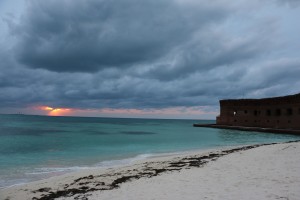
The boat ride back to Key West was much more pleasant (no sea sickness) and the weather allowed us to spend it on the upper deck of the ferry’s stern. We enjoyed a better view of the Boobys on Hospital Key and even saw a Bridled Tern.
Back in Key West we tried a second time to find the Bahama Mocking Bird, last seen a few days earlier at the Key West Botanical Gardens, and ended up birding until they closed. Like others there that day, we had no luck seeing that bird, but did catch site of a Short-tailed Hawk soaring with the Magnificent Frigate Birds.
We decided to spend one more night in Key West, catch up with laundry, put the van back in order, and then get up early to bird our way home working from a specific list of target birds. We used our Marriott rewards points and on check in were told that they upgraded our room… to a Presidential Suite! Serendipitously Wonderful!! Instead of leaving early, we luxuriated in the pool, Jacuzzi, fluffy bathrobes, and didn’t check out until deadline; quite the contrast from primitive tent camping on Dry Tortugas.
The Amazing Run
Finally leaving the Marriott, we began working down the list of target birds that we came up with by using our BirdsEye App. The App allows a search of birds from our “needs list” which were seen recently at specific hot spots on our path home. Our Florida needs list was becoming much smaller (a good thing). The first stop was an un-glamorous spot, the Searstown Shopping Center in Key West, where the Lesser Black Backed Gull had been seen in the parking lot. We drove around the lot twice seeing only Laughing Gulls until I noticed two birds sitting on top of a square parking lot lamp, and sure enough, they were just what we were looking for. Encouraged by the success of finding our first target bird right where indicated, we headed for the Roseate Tern, which had been seen at the Government Center on Marathon Key. We found it on the pier behind the building, as expected. Could this successful run continue? We headed to the Marathon Airport for the Pectoral Sandpiper, where after a bit of searching the grassy areas, we found it. The next target bird, a Mangrove Cuckoo, was reported at both John Pennekamp Coral Reef State Park and the Dagney Johnson Key Largo Hammock State Park. Since last year I literally ran out of the Dagney SP, smacking myself silly and whimpering over the quantity of mosquito’s drinking my blood, we made Pennekamp our plan “A”. Thank goodness we found it there; right where John Dixon, who birded with us on Dry Tortugas and Key West told us where he found his! We were on such a roll that we almost hated stopping to eat & sleep.
The next day we had four birds on the target list and headed to the Everglades Flamingo Visitor Center where Shiny Cowbirds had been seen. After just minutes of looking through two groups of Brown-headed Cowbirds, we saw at least two males. Today was starting out easy! With that bird under our belt, we headed to a pond at the Dolphin Mall (another un-glamorous spot) where we hoped to see the Purple Swamphen. Since its ‘sister species’, the Purple Gallinule, is somewhat secretive we didn’t expect this one to be as easy. We were wrong- stepping onto the grass in front of the drainage pond, we immediately saw one, then another, and then another; these birds are certainly not shy! Next stop was a ball park where the Burrowing Owl had been seen. As we pulled into the parking lot we laughingly discussed that finding this one couldn’t possibly be easier than the Swamphen. Looking out the windshield… we saw them! It was a joy to get out and watch the two adults and the two juveniles in the middle of their flying lessons; a wonderful first ever view of Burrowing Owls. ONCE AGAIN we set out, this time for our last target bird, the Snail Kite. We knew that there was no way to see THIS one even easier than the Owls. And ONCE AGAIN we were wrong. While driving over a bridge to the area indicated by the BirdsEye App, we looked down the waterway, and there they were. This time we didn’t even need to stop the car to see them, though who could resist the opportunity to watch and photograph 8 Snail Kites swooping to snatch snails from the water and taking them to a treetop to eat.
Now we know that this run was a good bit of luck, the App doesn’t pinpoint exactly where a bird was seen, and certainly cannot predict exactly where it will be when we plan to be there. With our bird count getting higher, the number of birds left getting smaller, and with the spring migration virtually over, we are reconciled to adding birds at a slower pace and working harder for each one. But this amazing run sure was fun while it lasted!
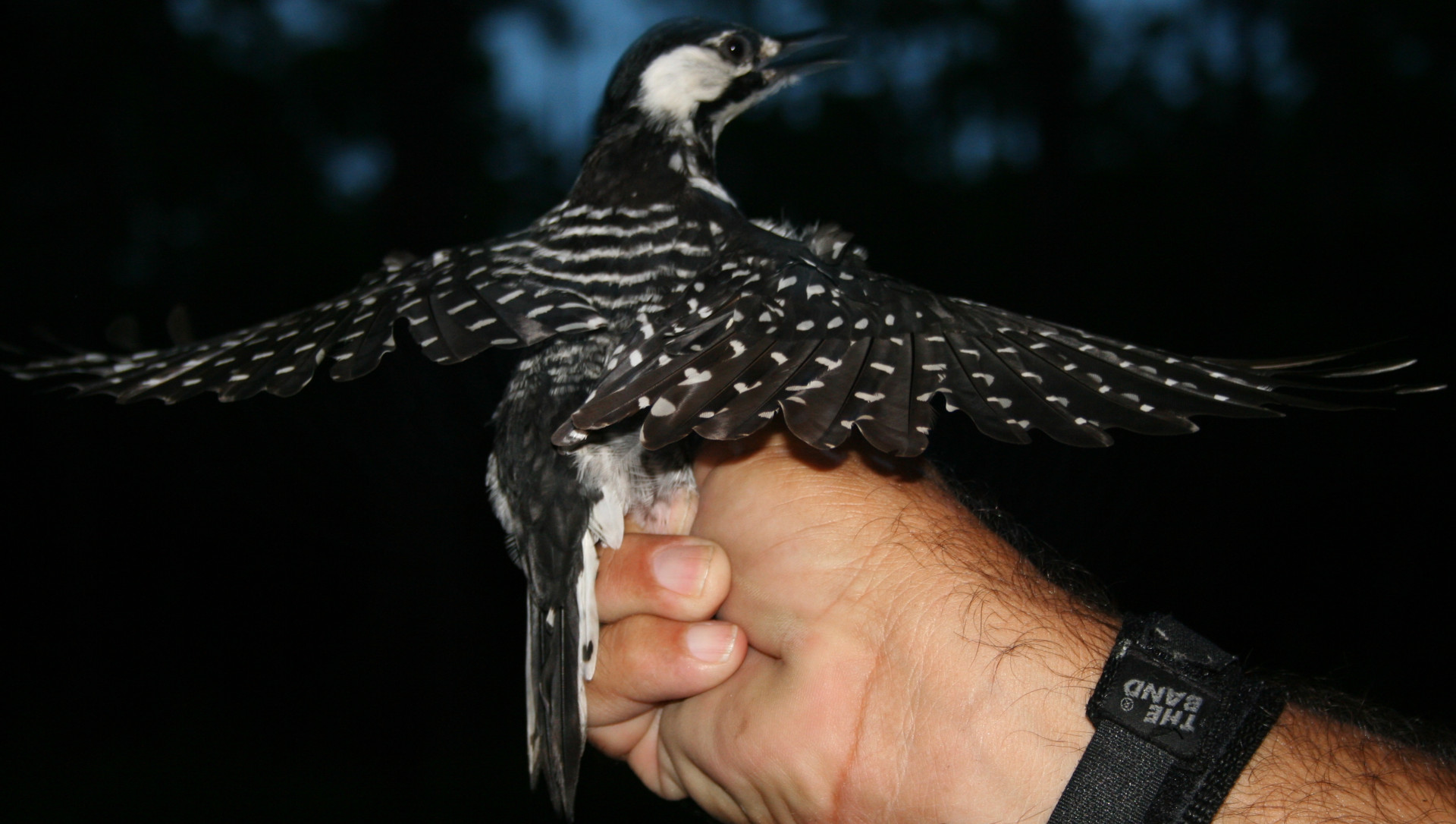
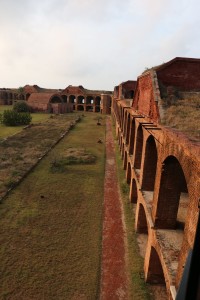
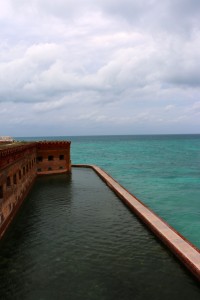
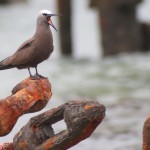


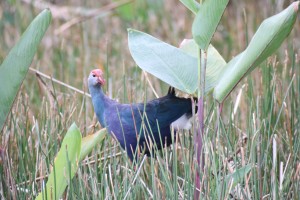
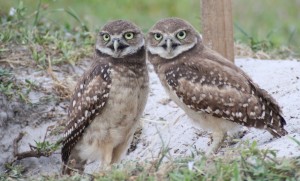
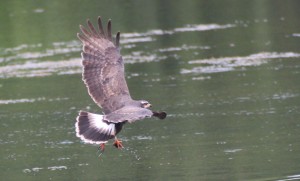
Thanks for sharing, this is a fantastic article.Much thanks again.
Ridiculous quest there. What happened after? Thanks!
Legendario.
I don’t waste my free time in watching videos except I love to read articles on net and get updated from hottest technologies.
Legendario.